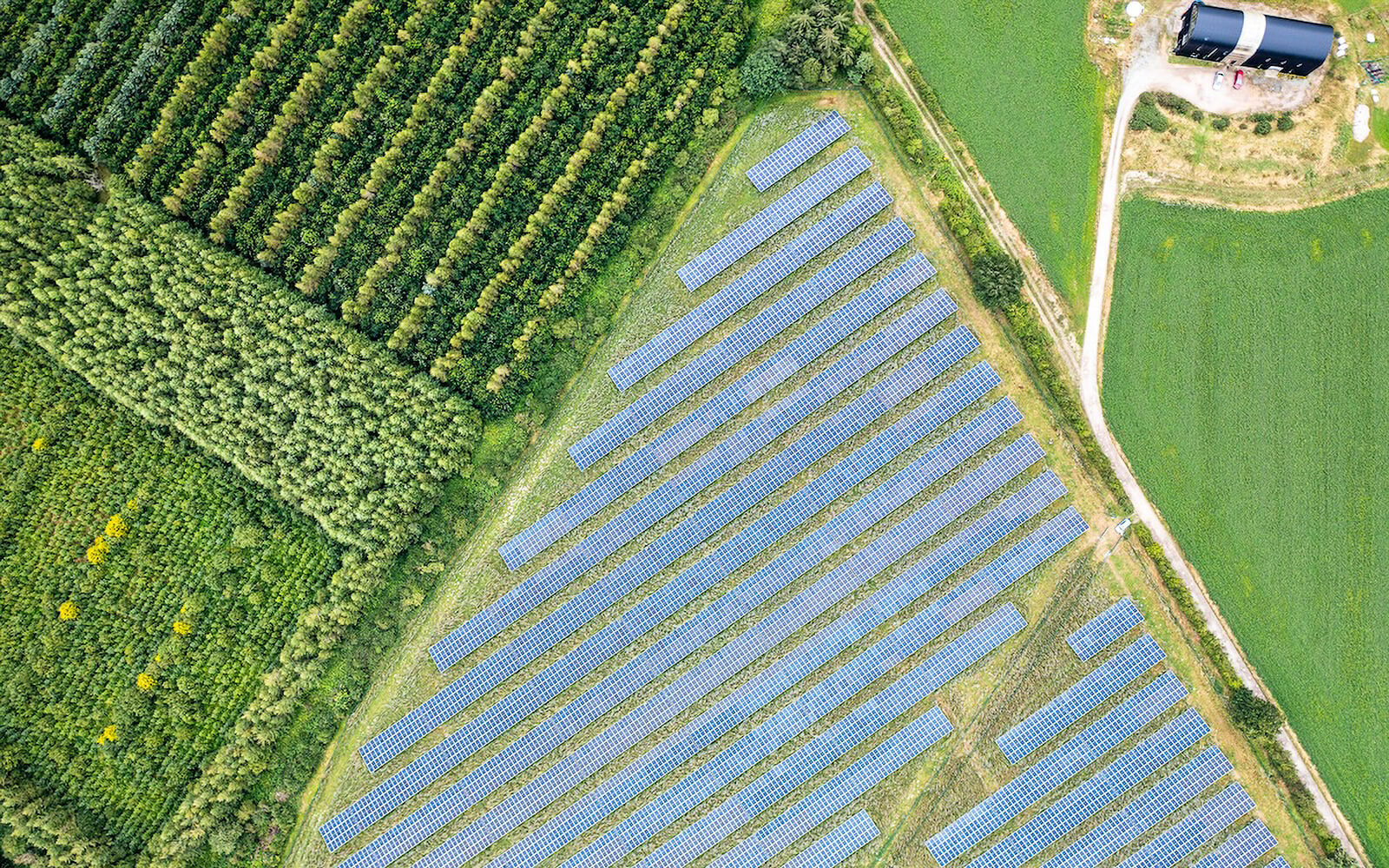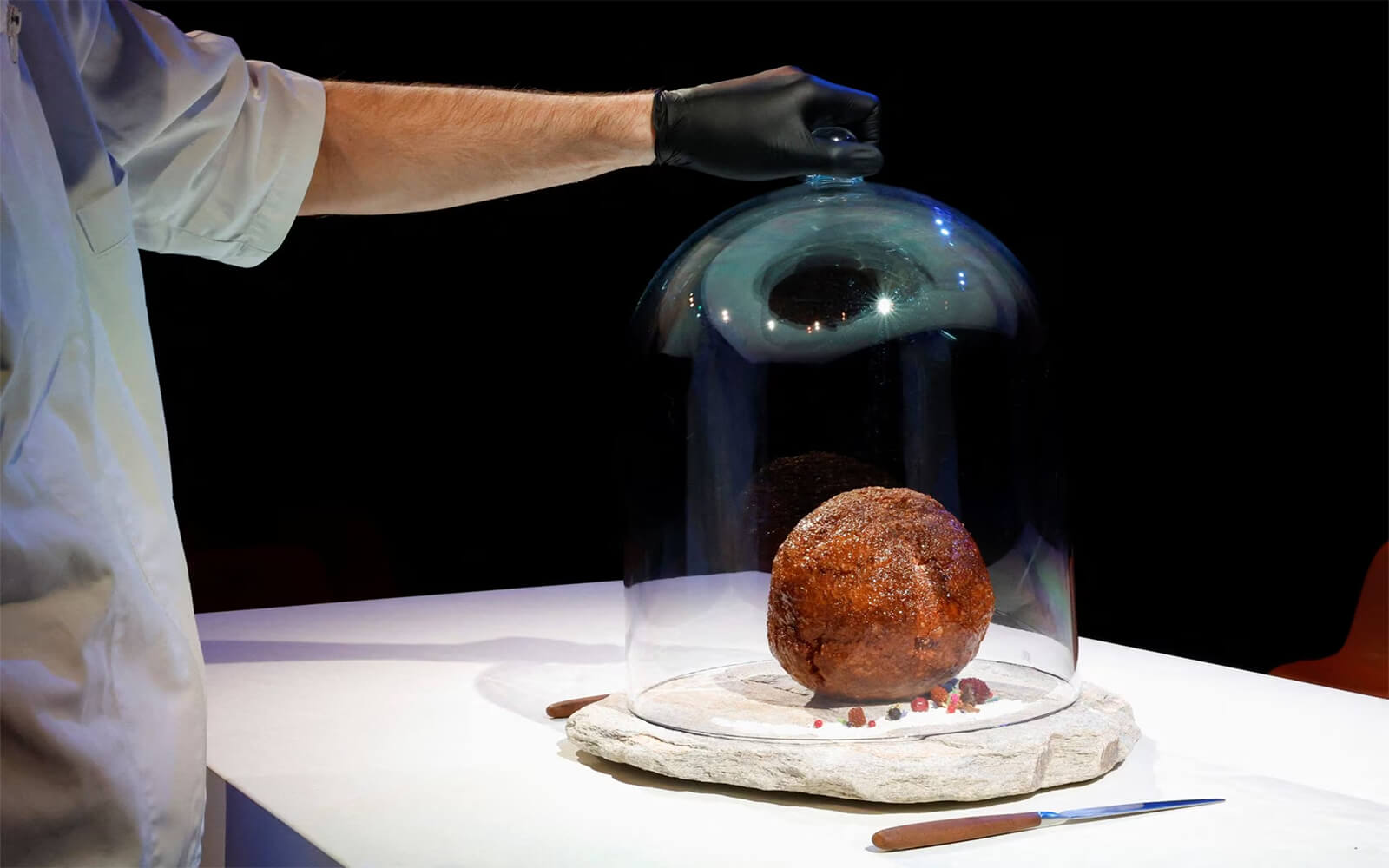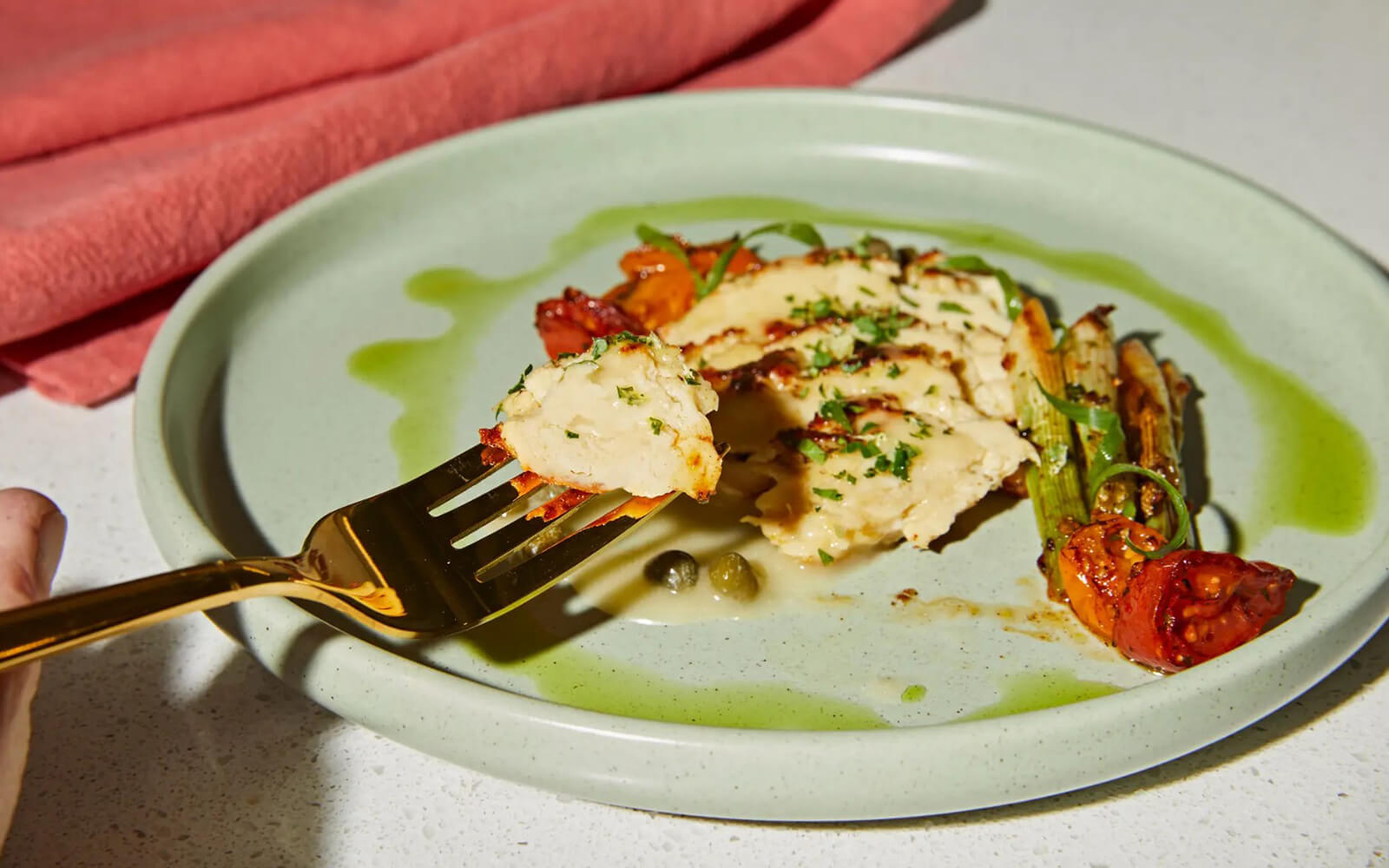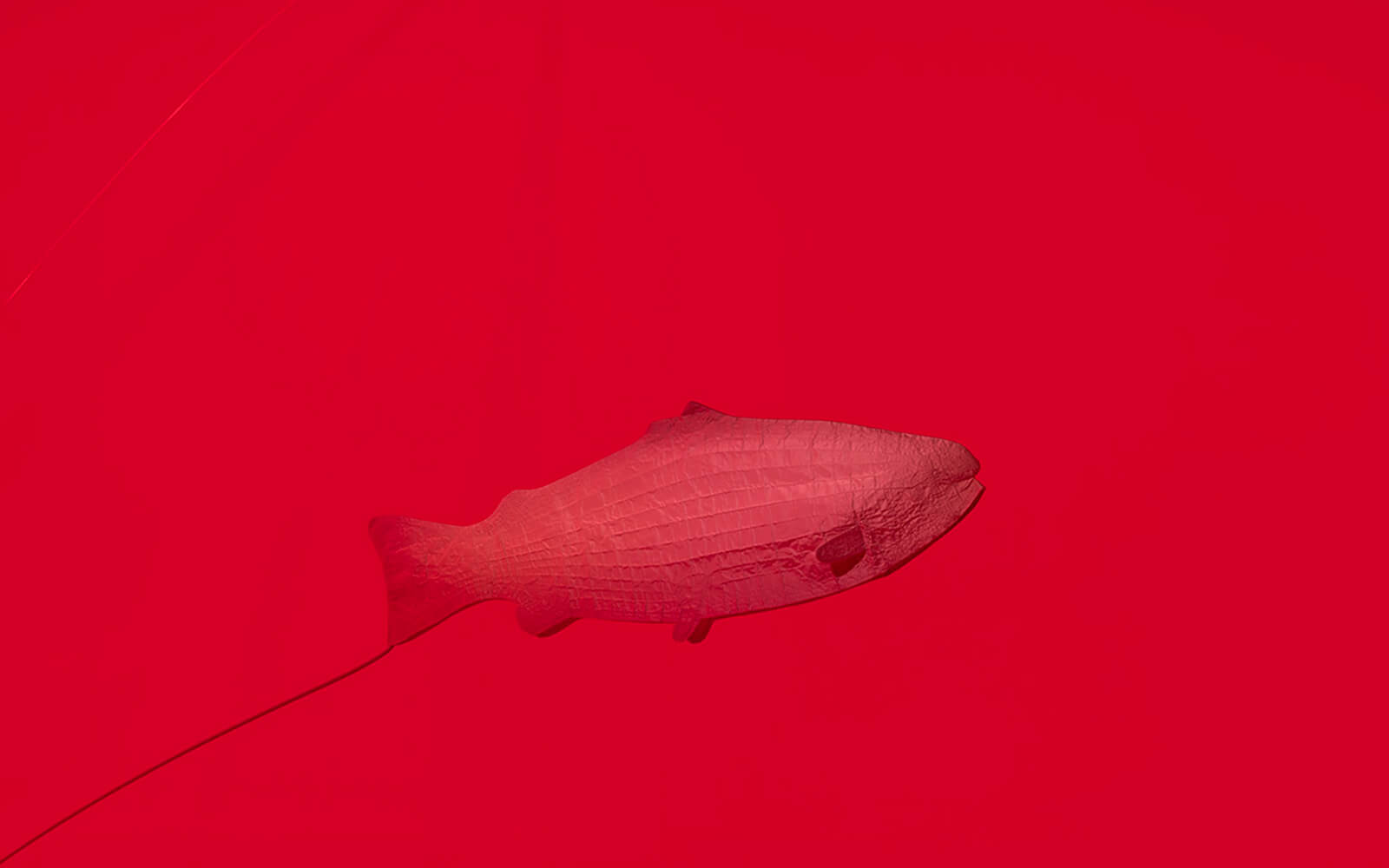1,570 days, 2,407 entries ...
Newsticker, link list, time machine: HOLO.mg/stream logs emerging trajectories in art, science, technology, and culture––every day
Foregrounding food production and consumption, Deirdre O’Mahony’s “The Quickening” opens at Trinity College Dublin’s Douglas Hyde Gallery. In its eponymous film (2024, image), the Irish artist documents years of consultation with farmers and policymakers, conveying the “reality of farming and the centrality of soil to human, animal, and insect life.” Kicking off a tour, O’Mahony will subsequently screen the film in Carlow, Waterford, Kilkenny and other towns across Southern Ireland.

Amsterdam’s NEMO Science Museum unveils a giant meatball made from cultivated woolly mammoth flesh. Created to spark conversations about sustainable meat alternatives, food engineers from the Australian cultured meat company Vow inserted sheep cells with the mammoth myoglobin gene. “When it comes to meat, myoglobin is responsible for the aroma, the colour and the taste,” James Ryall, Vow’s Chief Scientific Officer explains. Where Vow’s mammoth DNA sequence had gaps, African elephant DNA was spliced in for completion.

The U.S. Food and Drug Administration (FDA) clears “slaughter-free” lab-grown chicken by California-based Upside Foods (image) as safe for consumption. The approval caps a decade of research to bring lab-grown meat substitutes to market, in hopes of reducing both factory farming’s carbon footprint and the cruelty of industrialized poultry production. “Now we shift focus towards what really matters in this industry, which is scale up,” says Good Food Institute scientist Liz Specht.

“Undamming Rivers,” a retrospective of food and environmental crisis-focused artist duo Cooking Sections, opens in Stockholm. The exhibition presents three iterations of the artists’ ongoing research on the impact of fisheries (image: Salmon: A Red Herring, 2020), as well as a new project exploring the removal of hydro dams. The curators note that both topics are poignant in Sweden, where widespread “salmon-breeding programs were established to compensate for habitat loss and migration obstacles.”

“A raven is seated on a high perch next to a mushroom; a rat has a wasp and a fox as neighbours. Each setting at the table has been carefully tailored to fit its occupant—a walnut on a slice of bread for one, a chunk of tasty wood for another.”
“I was front row to a fungal safari. There were invisible exchanges—infestations—happening without my knowledge or consent.”
Daily discoveries at the nexus of art, science, technology, and culture: Get full access by becoming a HOLO Reader!
- Perspective: research, long-form analysis, and critical commentary
- Encounters: in-depth artist profiles and studio visits of pioneers and key innovators
- Stream: a timeline and news archive with 1,200+ entries and counting
- Edition: HOLO’s annual collector’s edition that captures the calendar year in print
